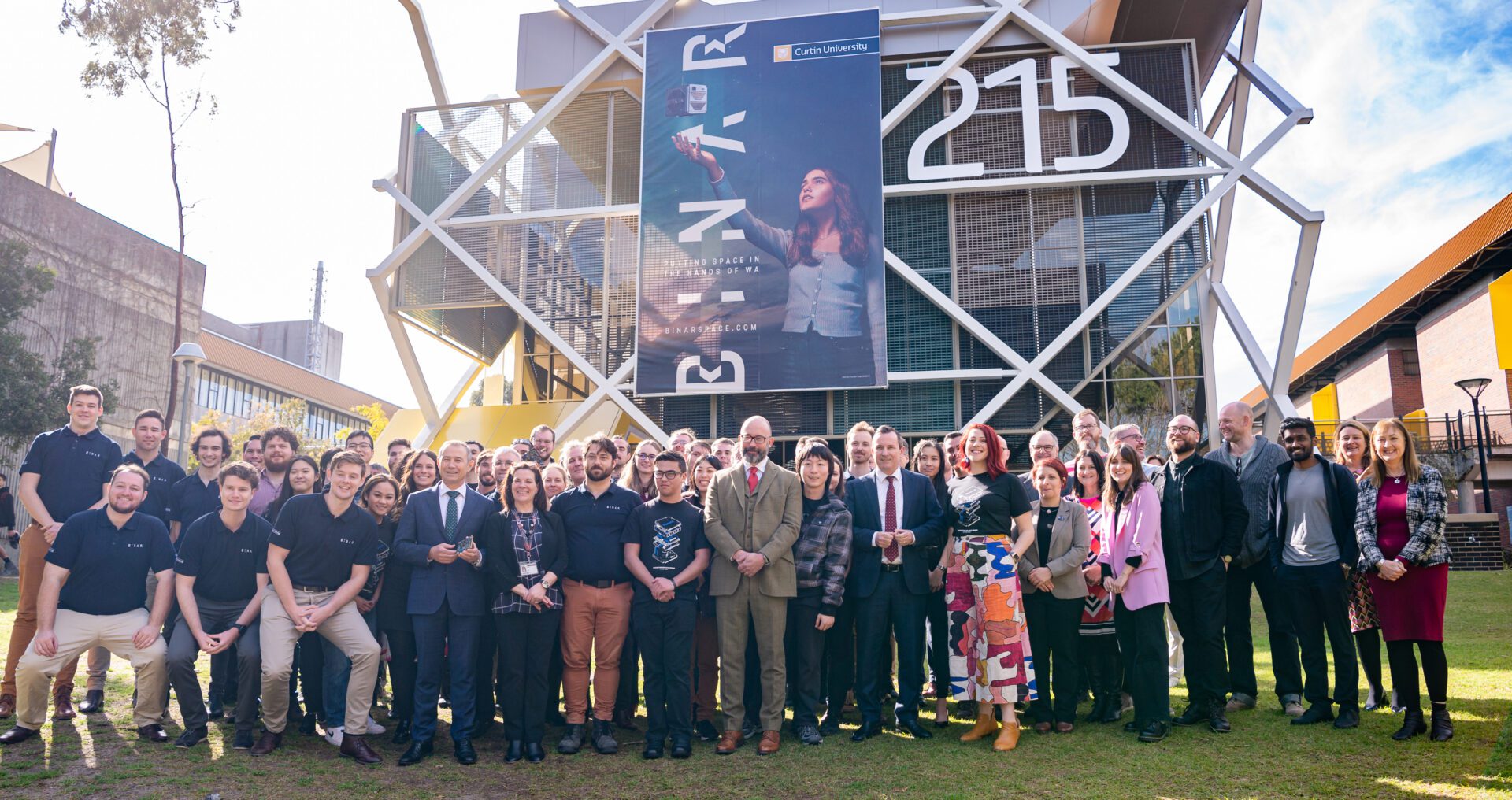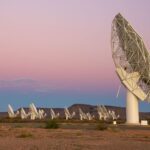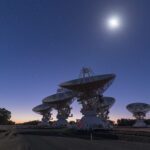The countdown has begun to the historic launch of Binar-1 – Western Australia’s first homegrown, highly integrated spacecraft that is set to revolutionise Australia’s access to space.
The Binar-1 CubeSat, designed, coded and built by staff and students from Curtin University’s Space Science and Technology Centre (SSTC), is scheduled to be launched from Cape Canaveral, Florida on a SpaceX rocket on 28 August, and then deployed from the International Space Station (ISS).
The Premier, the Hon Mark McGowan, and Minister for Science, the Hon Roger Cook, joined Curtin University Vice-Chancellor Professor Harlene Hayne, SSTC Director, John Curtin Distinguished Professor Phil Bland and SSTC students for the official start of the countdown clock at the University’s Bentley campus this morning.
Professor Hayne said the Binar Space Program – led by the SSTC in partnership with remote operations experts Fugro and supported by industry-led consortium AROSE (Australian Remote Operations for Space and Earth) – was leading WA’s journey into space and would deliver game-changing space capability across the nation.
“Curtin’s incredible work on the Binar satellites through our Space Science Technology Centre has put us in the driver’s seat to deliver real outcomes for the WA and Australian space industries,” Professor Hayne said.
“The team has also developed an outstanding school outreach program to put space technology in the hands of students, giving them hands-on experience and real-world inspiration to generate the space workforce of the future right here in WA.
“It will also further advance Curtin’s goal of enriching WA’s economy and workforce, by linking the Binar Program with local industries and connecting them with a real pathway to the burgeoning space sector.”
Professor Bland said the launch of Binar-1 was just the beginning, with greater goals on the horizon.
“The Binar Space Program has six more launches planned over the next 18 months. For context, in its history our nation has only flown 15 Australian-built spacecraft. Our novel design allows us to make spacecraft affordable, and space accessible for WA innovators,” Professor Bland said.
“We will be able to control and command our missions from Perth through Fugro’s Australian Space Automation, Artificial Intelligence and Robotics Control Complex (SpAARC), which will use Binar cubesats to test remote operation protocols on a spacecraft in orbit.
“Our ultimate goal is to have a WA-built spacecraft at the Moon by 2025. Space missions like that don’t just inspire, they also drive innovation. The launch of Binar-1 is our first real step towards that goal. Being able to build spacecraft affordably means that we can rapidly iterate technology, which is a key element in developing advanced systems for exploration, that then also benefit other industry sectors.”
Curtin’s Moon mission will also enable WA to build and operate Binar CubeSats, at scale, to support Defence, Science, Commercial and Civil space missions.
Premier Mark McGowan said the launch of Binar-1 would mark a major step forward for WA’s space sector.
“It is tremendously exciting to see first-hand the strong partnership between industry and academia that is putting WA in space,” Premier McGowan said.
“The launch of Binar-1 positions WA as a major player in Australia’s space sector, driving the diversification of its economy into a future-focused industry and creating a new, highly skilled workforce with capabilities that are easily transferrable between the space and other sectors, such as mining and resources”
After launch, it will take about a day for Binar-1 to travel to the ISS. The spacecraft will then be deployed into low earth orbit where the team will make contact with the ground station at Curtin University. The primary objective of Binar-1 is to test all the critical spacecraft systems that will help take us towards the Moon. The two cameras on board Binar-1 will aim to capture images of the WA coastline and relay them back to Earth.
The WA public is invited to be part of history by
- following @binarspacewa on social media;
- registering to view the launch online;
- viewing the launch live and on replay at Yagan Square’s Digital Tower; and
- visiting the Big Binar at WA Museum Boola Bardip and writing a message to space from launch.
Further information on the Binar Program, including the timing of the Binar-1 launch and links to watch it in real time, can be found at binarspace.com.



